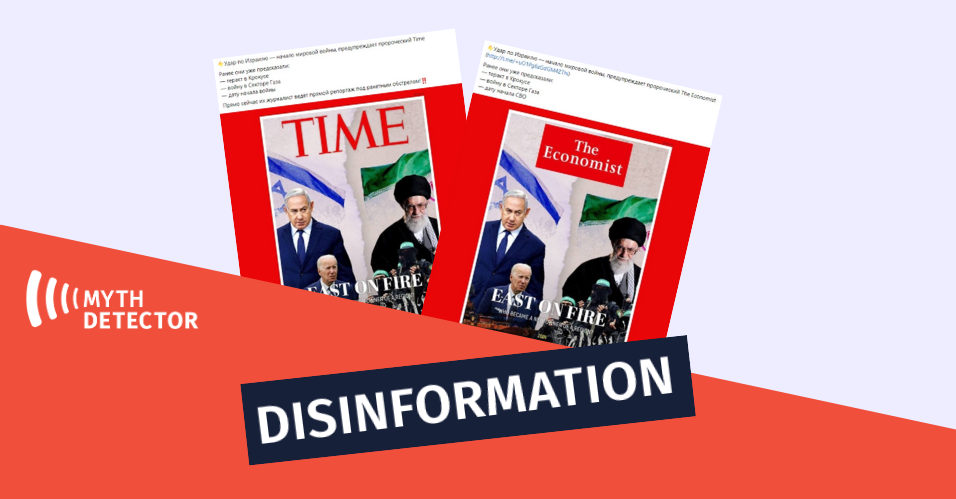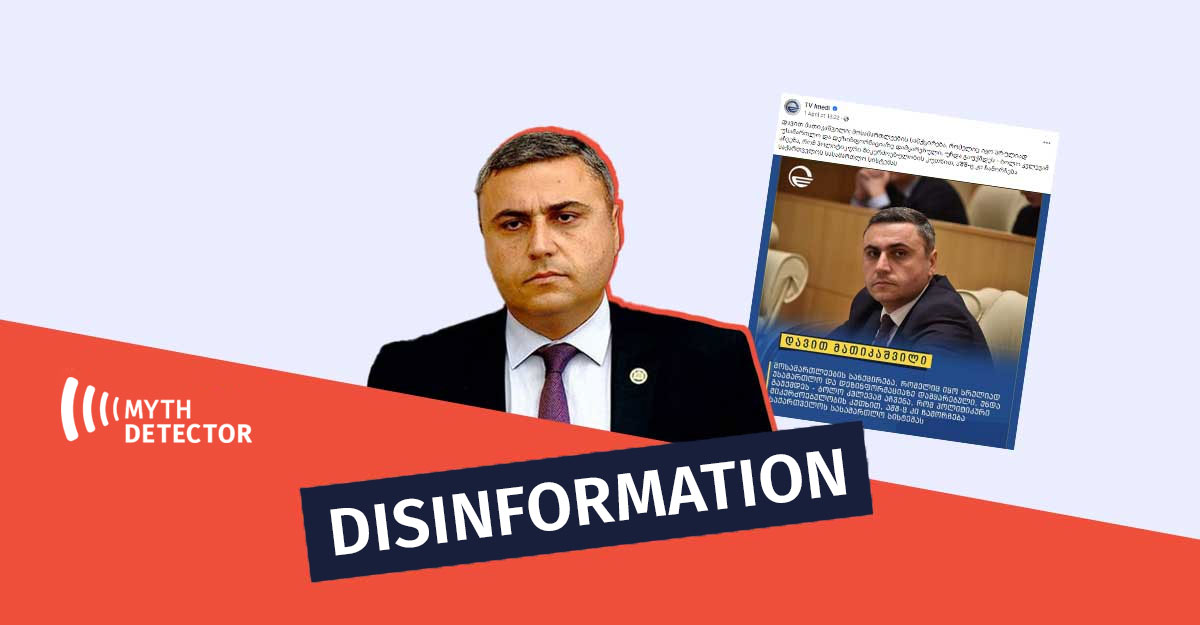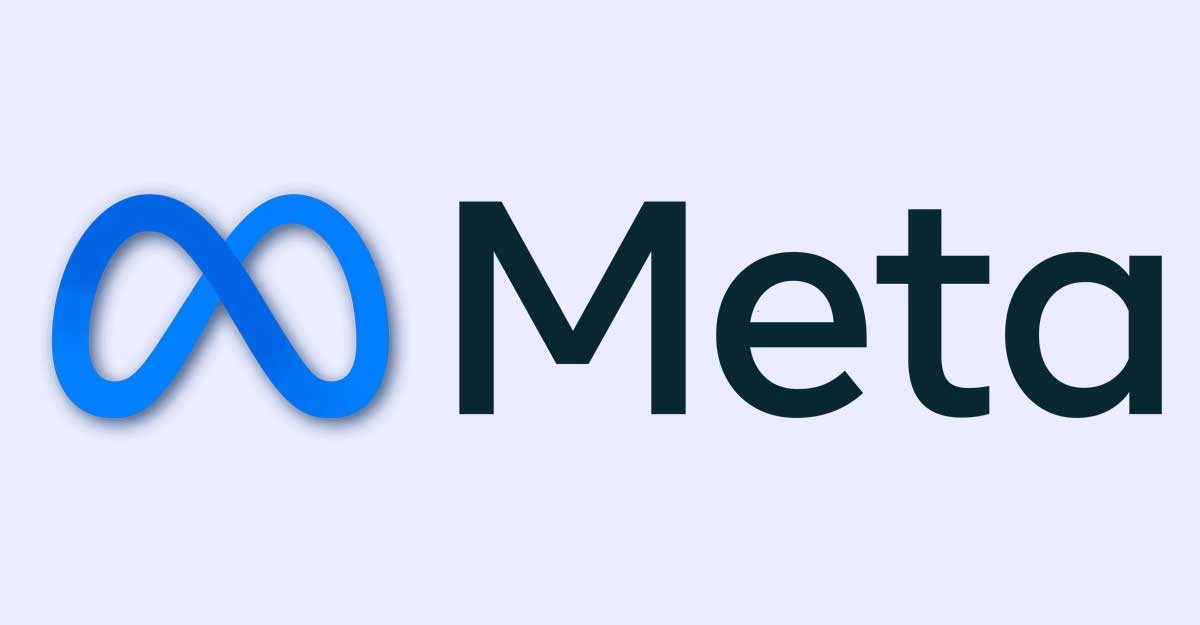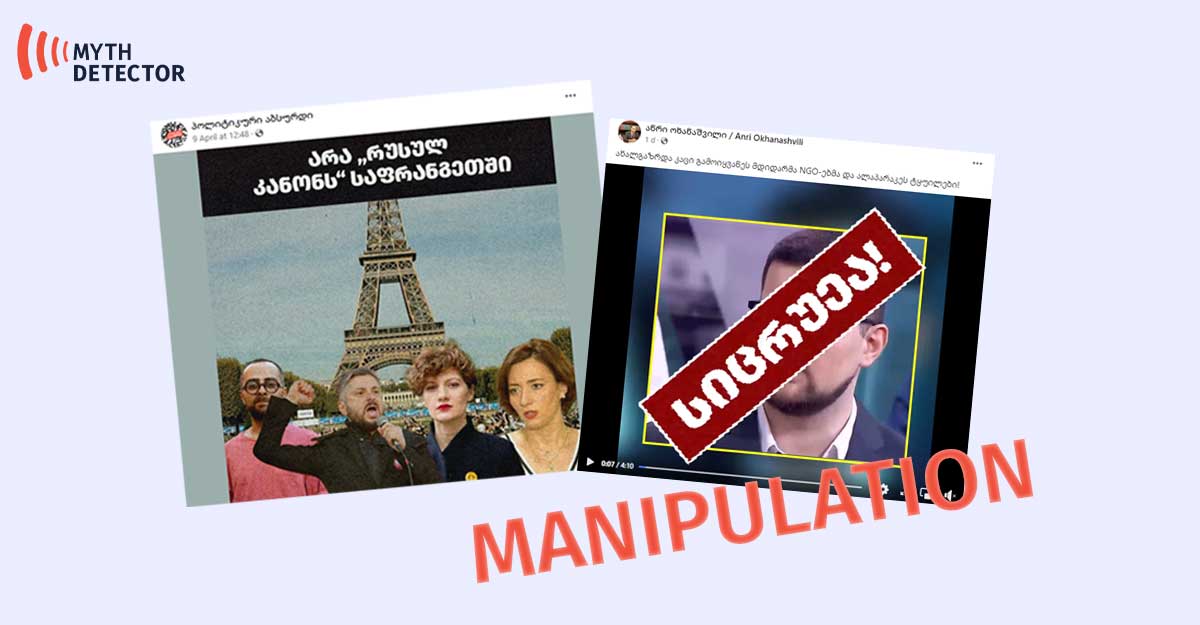On January 1, 2023, a fragment of the program “Man and Law” was published on the Facebook page of Russia’s Channel One. The video examines the covers of various issues of The Economist and presents the subliminal forecasts that are allegedly hidden behind them. The program also discusses the Rothschilds and Agnellis, the owners of The Economist shares, which, according to Gennady Medetsky, one of the Russian cryptocurrency experts, are part of the black aristocracy, which, in turn, has been existing for millennia. In the story, the forecasts of The Economist are linked to the interests of the Rothschilds and the Agnellis.
The host of the program also mentions the French satirical edition – Charlie Hebdo, noting that the Christmas issue featured a caricature of Zelenskyy, who runs away with various things in the background of the Christmas scene, saying: “Stop complaining, I need more”. According to the description, Zelensky steals Christmas.
In addition, the story of Channel One discusses different covers of The Economist and develops several conspiracies related to them, as if the British publication predicted the coronavirus, the war in Ukraine and the blackout.

The Channel One of Russia amplifies disinformation and conspiracy theories. The cover of Charlie Hebdo’s Christmas issue featuring Zelensky is fabricated. The widespread claims about the Rothschild and Rockefeller lineages, as if they are the shadow rulers of the world, is a conspiracy that reoccurs periodically.
-
Fabricated Caricature featuring Zelenskyy
The widely circulated caricature of Charlie Hebdo is fabricated. This information was also published by other Russian media in December as well. The caricature was dated December 22; however, none of Charlie Hebdo’s official platforms – website, Twitter and Facebook has published an identical or similar cover.

For more information on the topic, see the “Myth Detector” article:
- The Cover of Charlie Hebdo, where Zelenskyy Steals Christmas, is Fabricated
-
What do we know about Rothschilds, Rockefellers and Agnellis?
In the story of Channel One of Russia, cryptocurrency expert Gennady Medetsky notes that the Rothschilds and Rockefellers are members of the so-called black aristocracy. Conspiracies, as if the said families are shadow rulers of the world, have circulated in the past as well. Nonetheless, the claim that they predict the future or plan global events according to their will is without evidence.
The Rothschild family of Jewish origin has been in the spotlight since the 18th century, after creating one of the largest and most successful banking and financial networks in Europe. It should be noted that due to the Jewish origin and rapid enrichment, the family often became the target of anti-Semitic conspiracies in Europe. The Rothschilds also own a stake in The Economist magazine.
The Rockefeller family is mainly associated with the oil and real estate business, with which the founder of the family, John Rockefeller, gained significant income in the 19th century. In addition to businesses, the family founded a charitable organization “Rockefeller Foundation,” which has been engaged in philanthropic activities since the 1900s. Notably, in 2016, the “Rockefeller Foundation” stopped investing in the family’s traditional business – oil companies (Standard Oil and EXXON) due to their impact on ecology and global warming. Based on the broadcast of the Russian propagandist Nikita Mikhalkov, it was reported in the past that the World Health Organization was created for the sole purpose of controlling people and that its goals were financed by the American billionaire David Rockefeller.
For more information on Rothschilds and Rockefellers, see our article:
As for the Agnellis family of Italy, being one of the richest in the world, it has stakes in various financial and automotive sectors. Andrea Agnelli is the president of the football club Juventus, which has been run by his family since 1963. Agnellis are the founders of the companies Fiat and Exor. They also own a stake in The Economist magazine.
-
Conspiracies linked to The Economist
According to the program of Channel One, The Economist has been predicting the next year’s events for years now. The experts featured in the story develop an opinion as if these forecasts are related to the interests of the owners of the publishing shares (Rothschilds and Agnellis). The story discusses the magazine’s annual New Year editions of different years. For example, the cover “The World in 2019”, among other symbols, depicted the horsemen of the apocalypse with crowns, which, according to the Channel One of Russia, is connected with the prediction of the coronavirus. According to financial expert Viktor Skorokhodov, the issue published at the end of 2019 – “The World in 2020”, which has the design of the Snellen table, is also related to the coronavirus forecast. According to Skorokhodov, with this design, people are encouraged to check their health. Skorokhodov’s comments are taken from his own YouTube channel.

The program further alleged that apart from the coronavirus, The Economist also foreshadowed the Russia-Ukraine war. Despite the fact that the cover of the publication – “World in 2022”, depicts neither Putin nor Zelensky nor any symbol related to war, the fact that the year 2022 is painted in red, according to the Russian Channel One, is an indication of war, because red is the colour of blood, war, aggression. The circle on the cover is divided into eight sectors. All symbols are located inside the target, which, according to the journalists, indicates the use of weapons. In addition, attention is drawn to the sum of the three dates written in the centre of the cover – 2021, 2022, and 2023, which is 6066.
The theme of war is echoed by the number – “World in 2023”, which has a black background, which, according to the explanation of the expert Gennady Medetsky, hints at the blackout (universal blackout of electricity) and indicates the apocalypse caused by people. The journalist notes that the photo of Vladimir Putin in the centre can only mean that he will be the central figure on the world chessboard in 2023.

In the program, the cover of the Christmas issue of The Economist is interpreted as the so-called Masonic Christmas tree, which instead of the traditional star, was decorated with an atom.
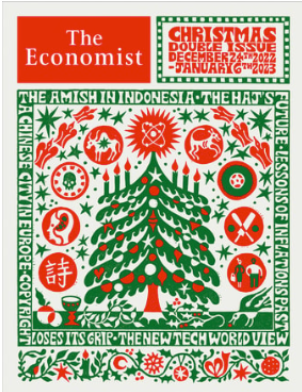
What are the topics covered by The Economist’s annual New Year editions?
Every year, The Economist makes predictions on current and expected important topics, and accordingly, the cover corresponds to these very topics. In the issue – “World in 2019”, attention was drawn to 12 issues; however, among them was no prediction of the Coronavirus. According to the publication’s editor – Daniel Franklin, the magazine covered elections in virtually a third of the world – the US, India, Indonesia, Nigeria and the entire European Union; the topic of Brexit. Also, attention was focused on technological developments and the economy. As for the issue of – World in 2020, the forecast was related to the expected recession of the economy in the US, the European football championship in 2020, and a new mission to Mars.
The cover “The World Ahead in 2022” was connected with the 20th Congress of the Communist Party in China, the establishment of the hybrid work format, the development of the metaverse, the boom of African fashion, and the space race. Hence, the assertion of Channel One of Russia, as if The Economist made a reference to the war in Ukraine, it is not based on any factual evidence. Discussing the latest annual issue of The Economist – “The World in 2023”, Tom Standage, deputy editor of the Economist, when asked whether the publication’s prediction for 2022 came true, noted that the confrontation between autocratic and democratic regimes was assumed, although the prediction was not directly about the war in Ukraine. Notably, the 2023 forecast focuses on the global consequences of the war in Ukraine, China’s post-pandemic policy, and inflation control.
The article has been written in the framework of Facebook’s fact-checking program. You can read more about the restrictions that Facebook may impose based on this article via this link. You can find information about appealing or editing our assessment via this link.
Read detailed instructions for editing the article.
Read detailed appeal instructions.


















